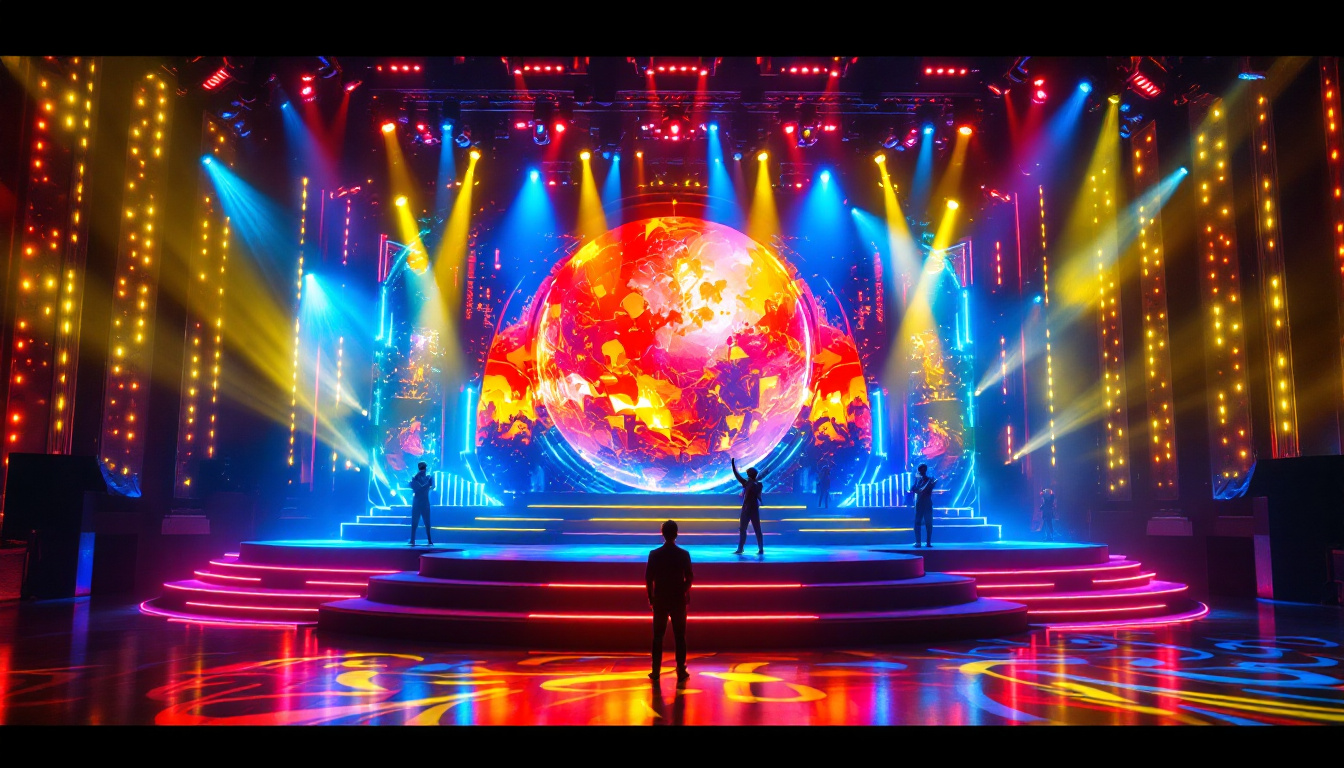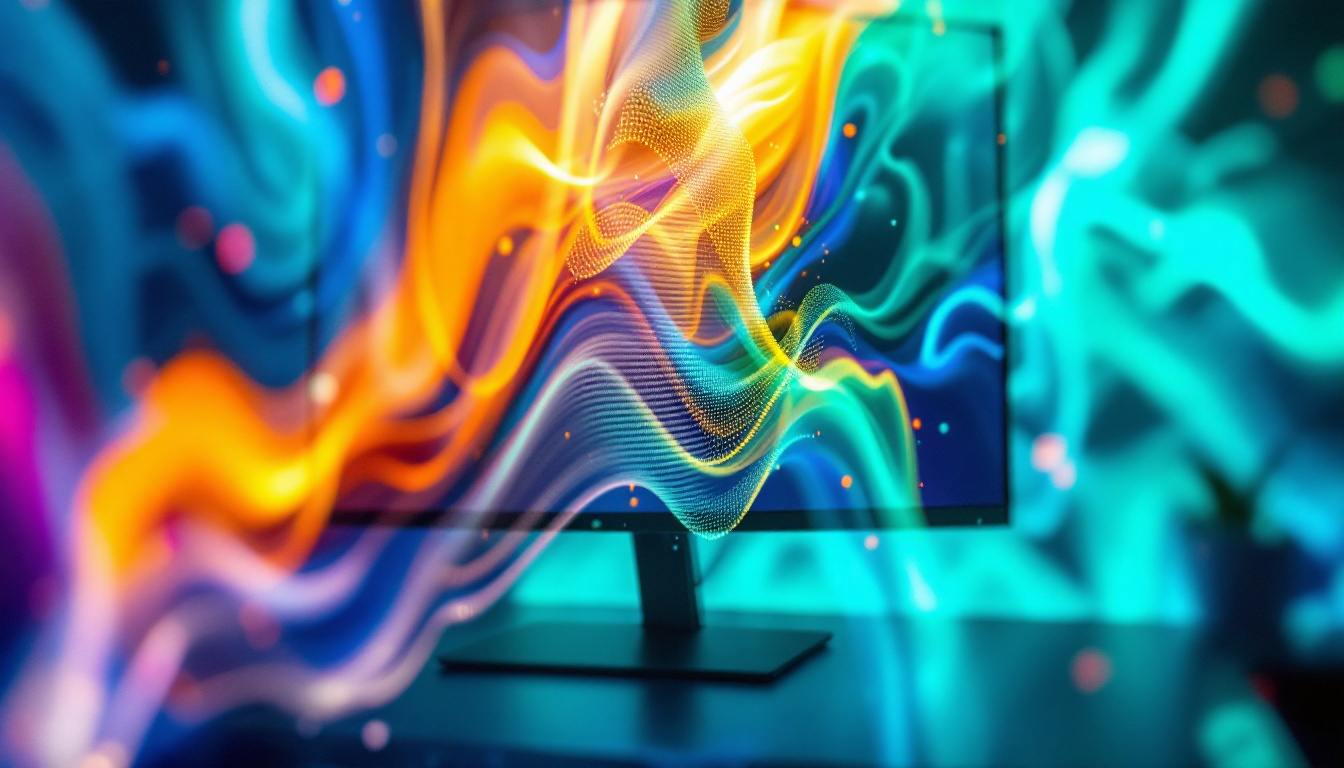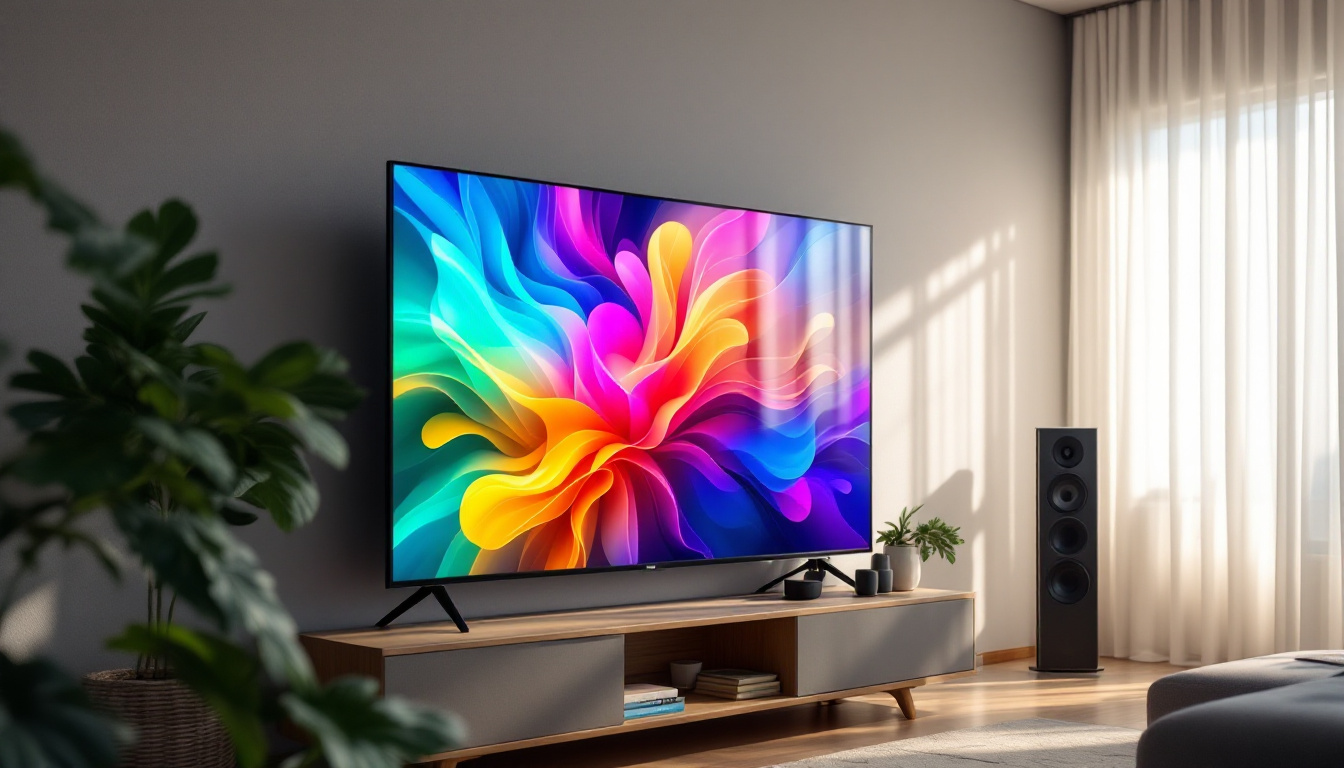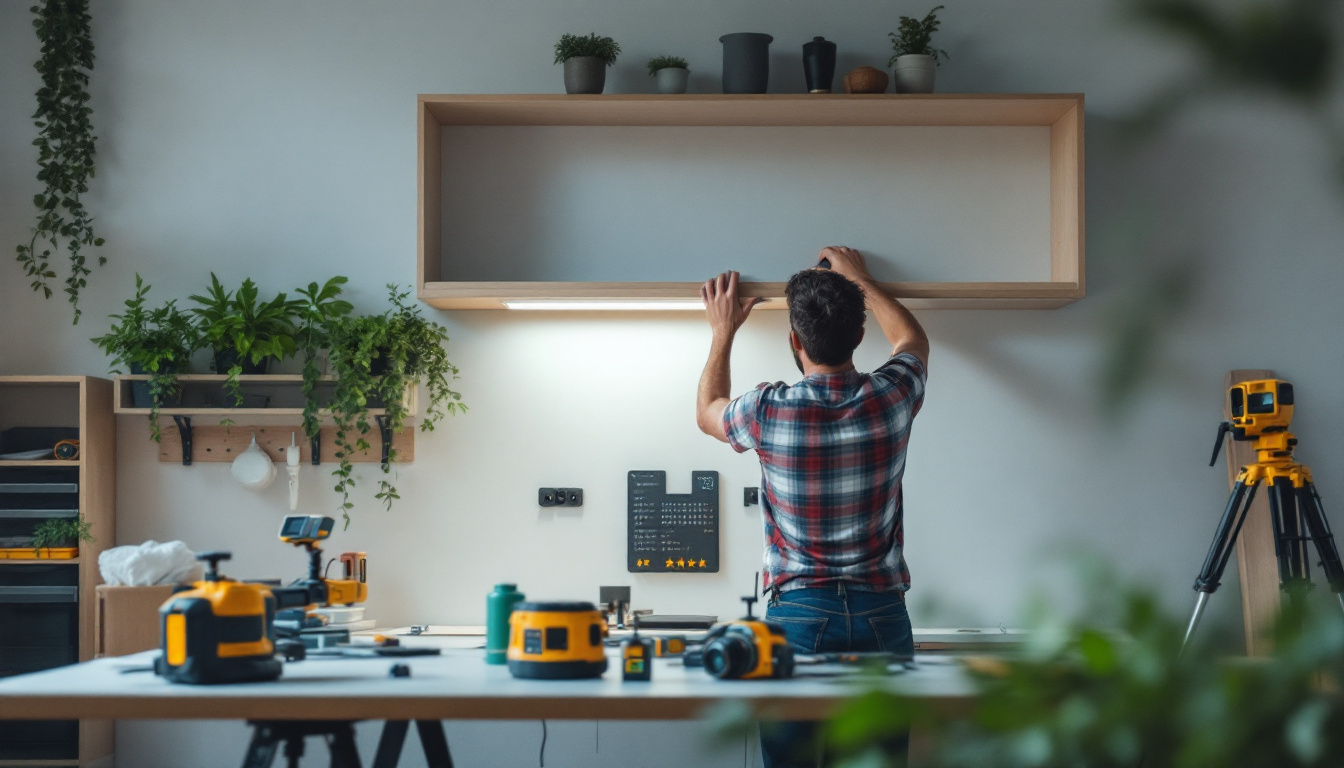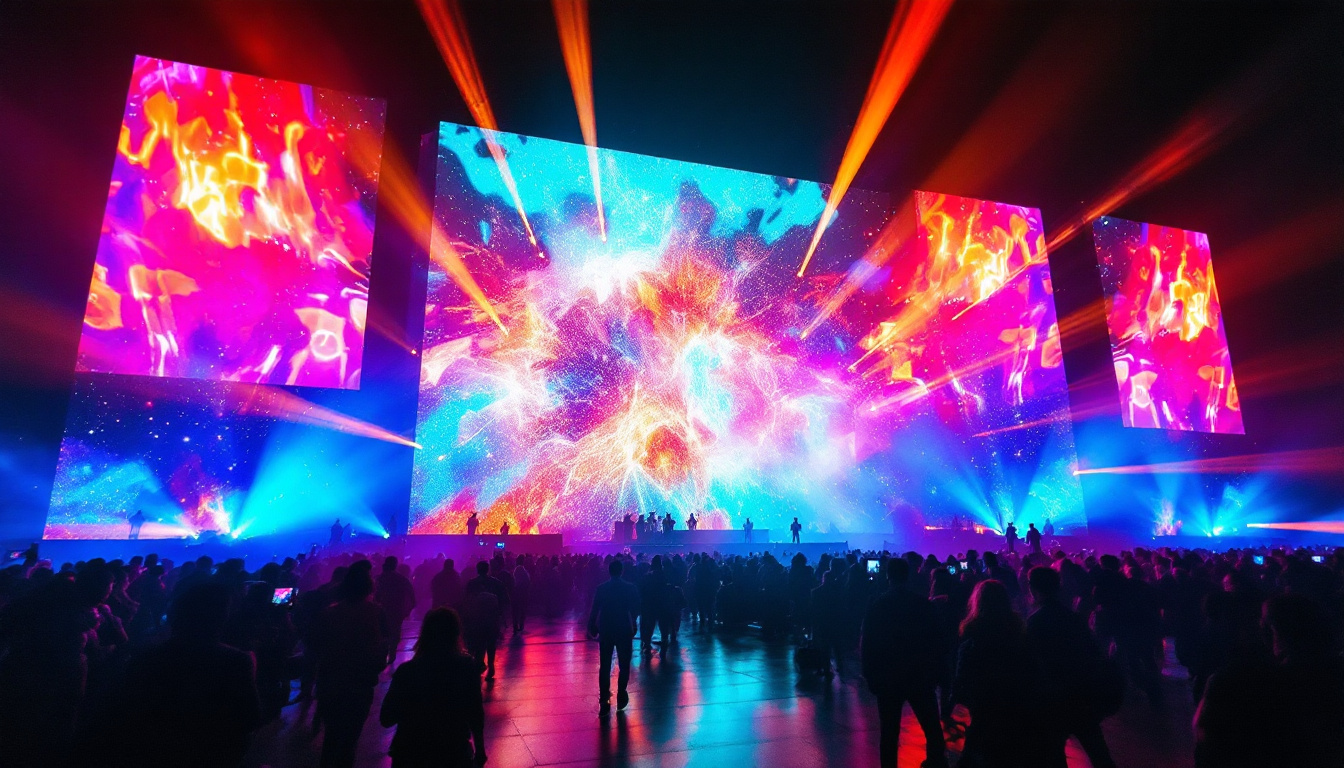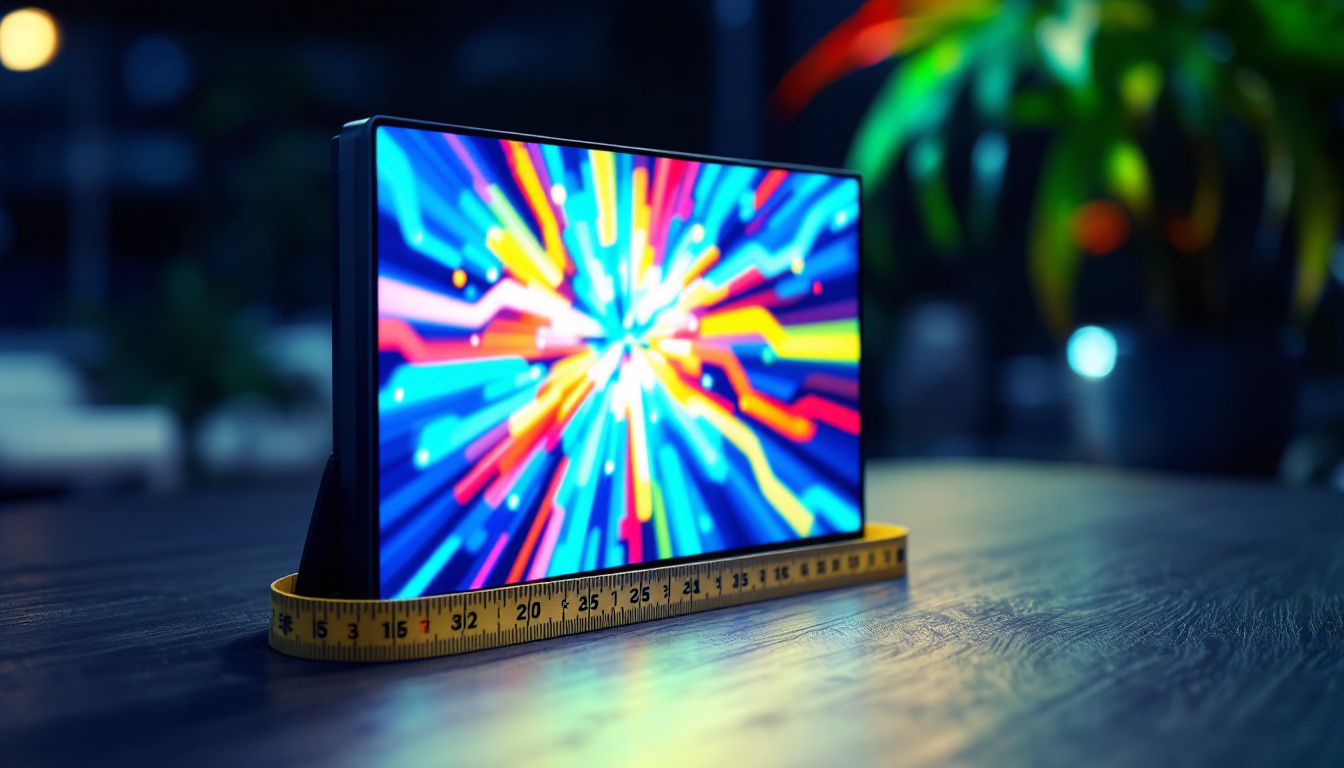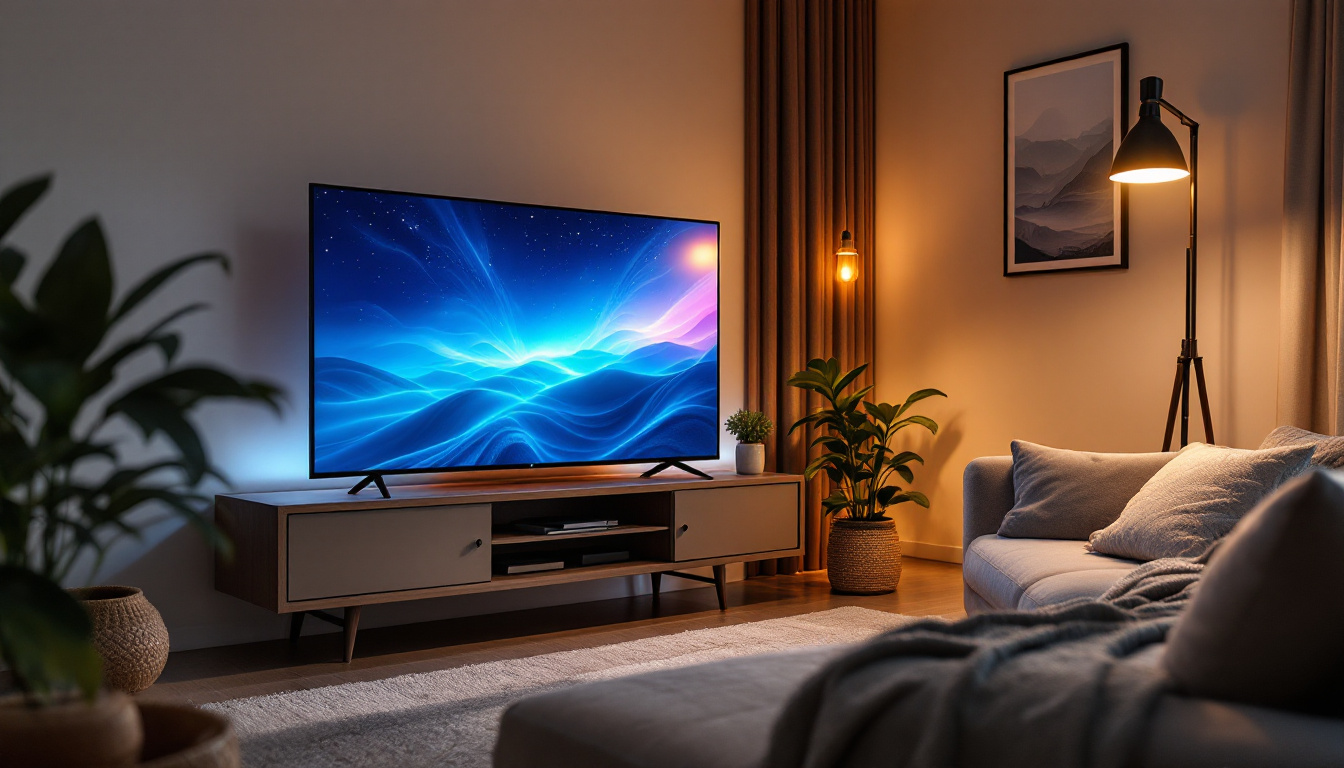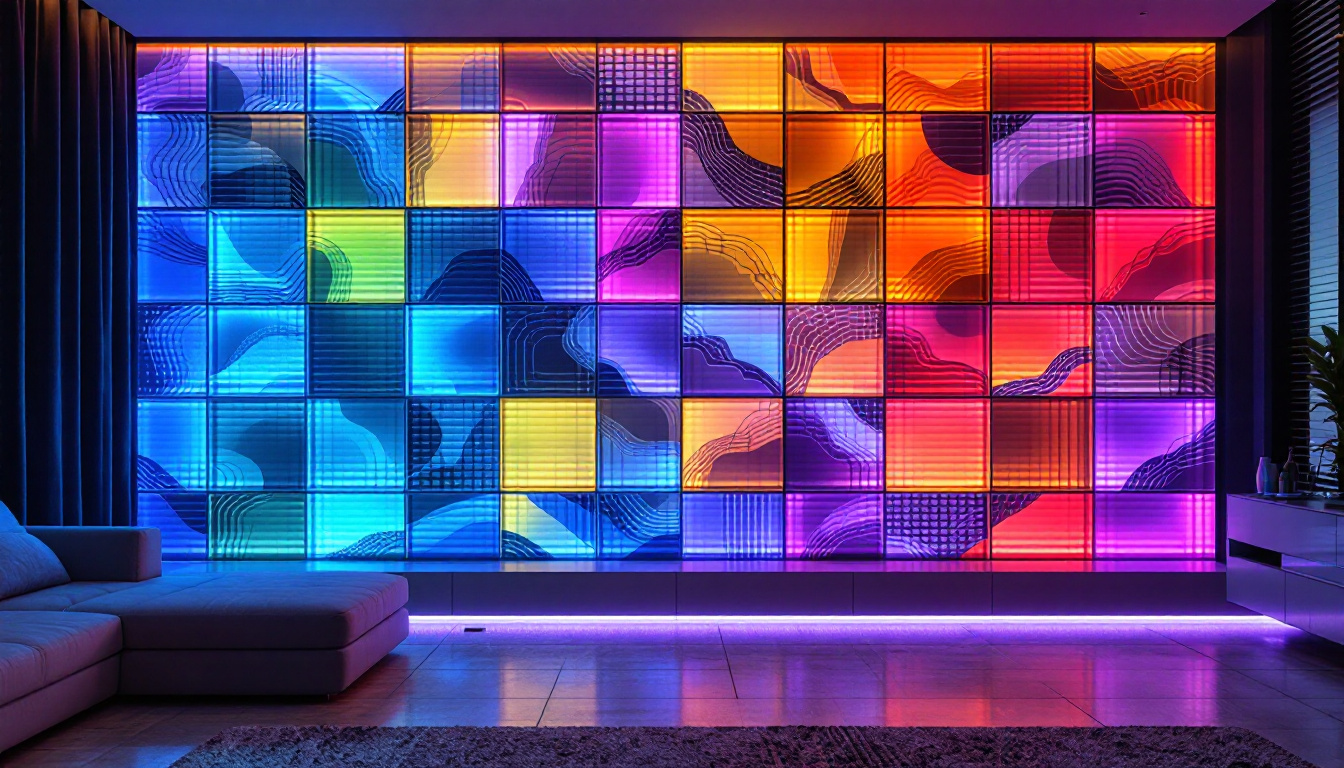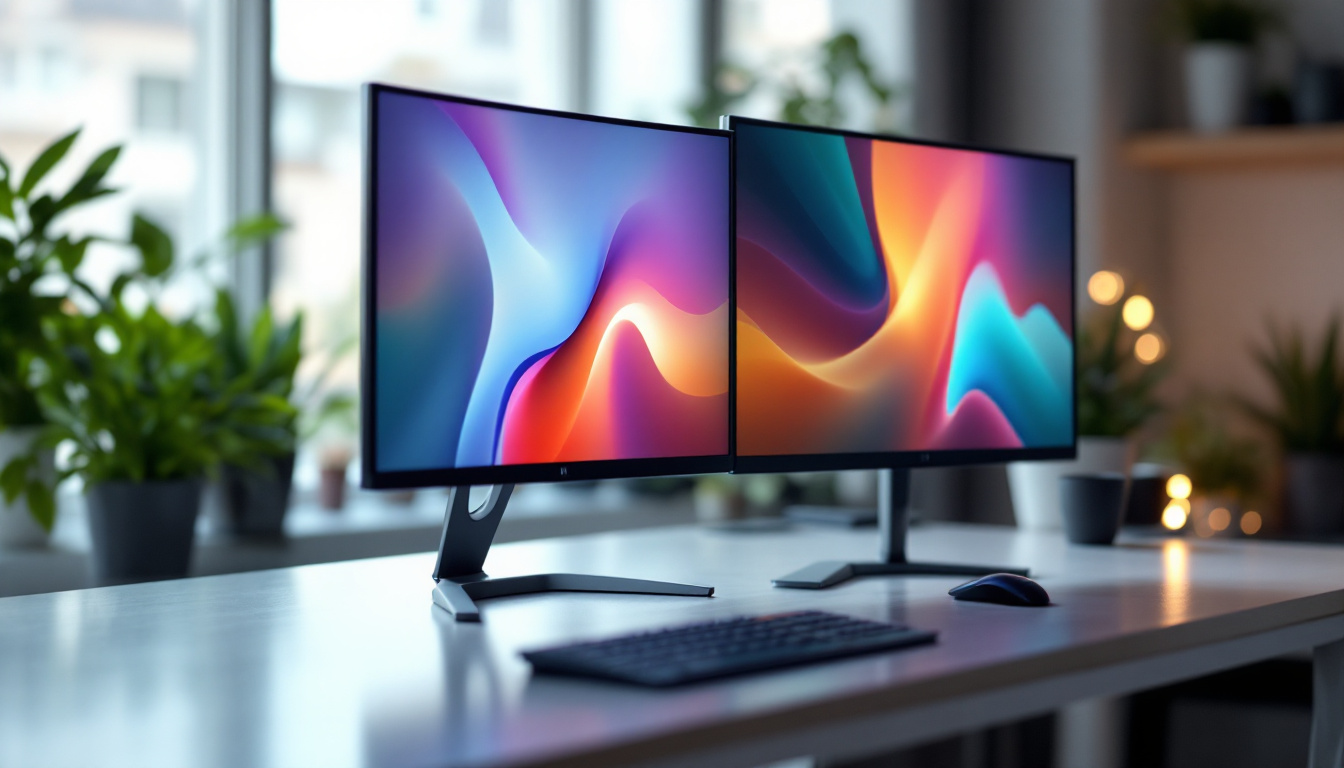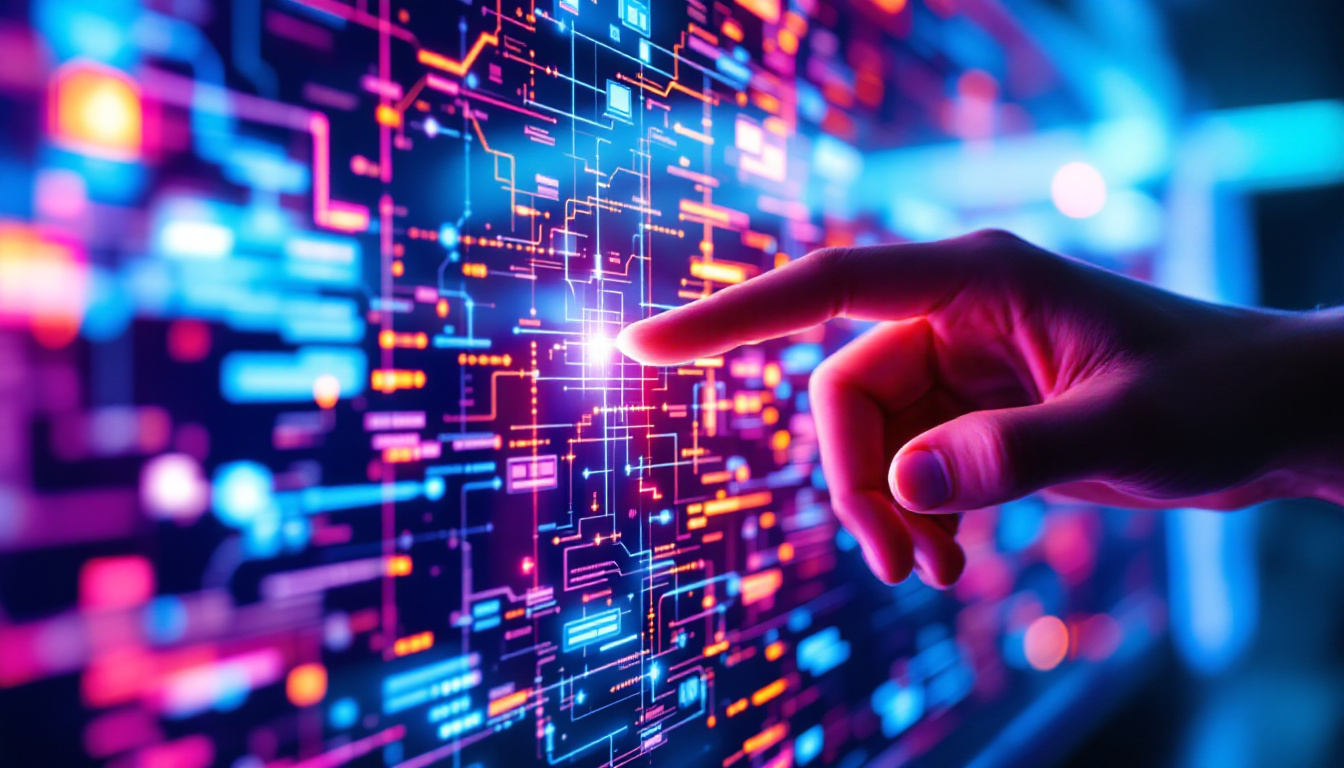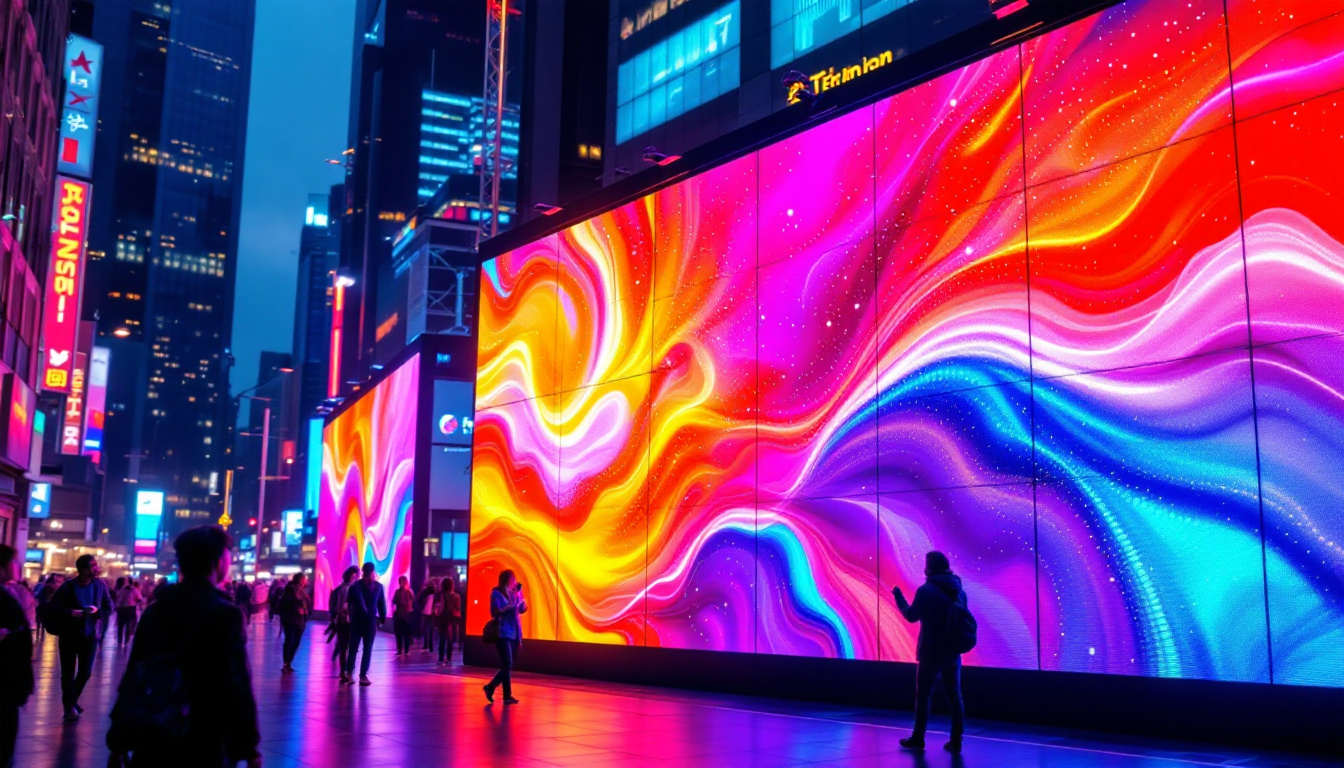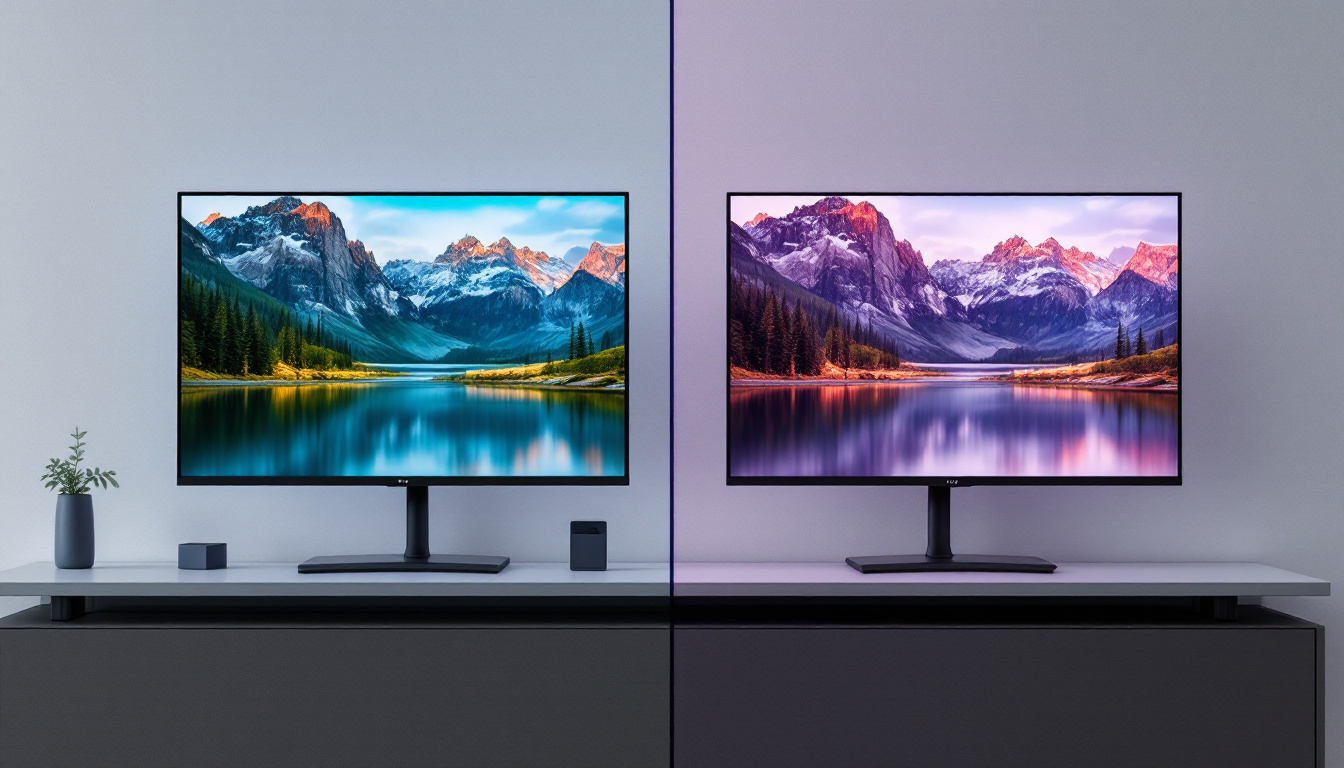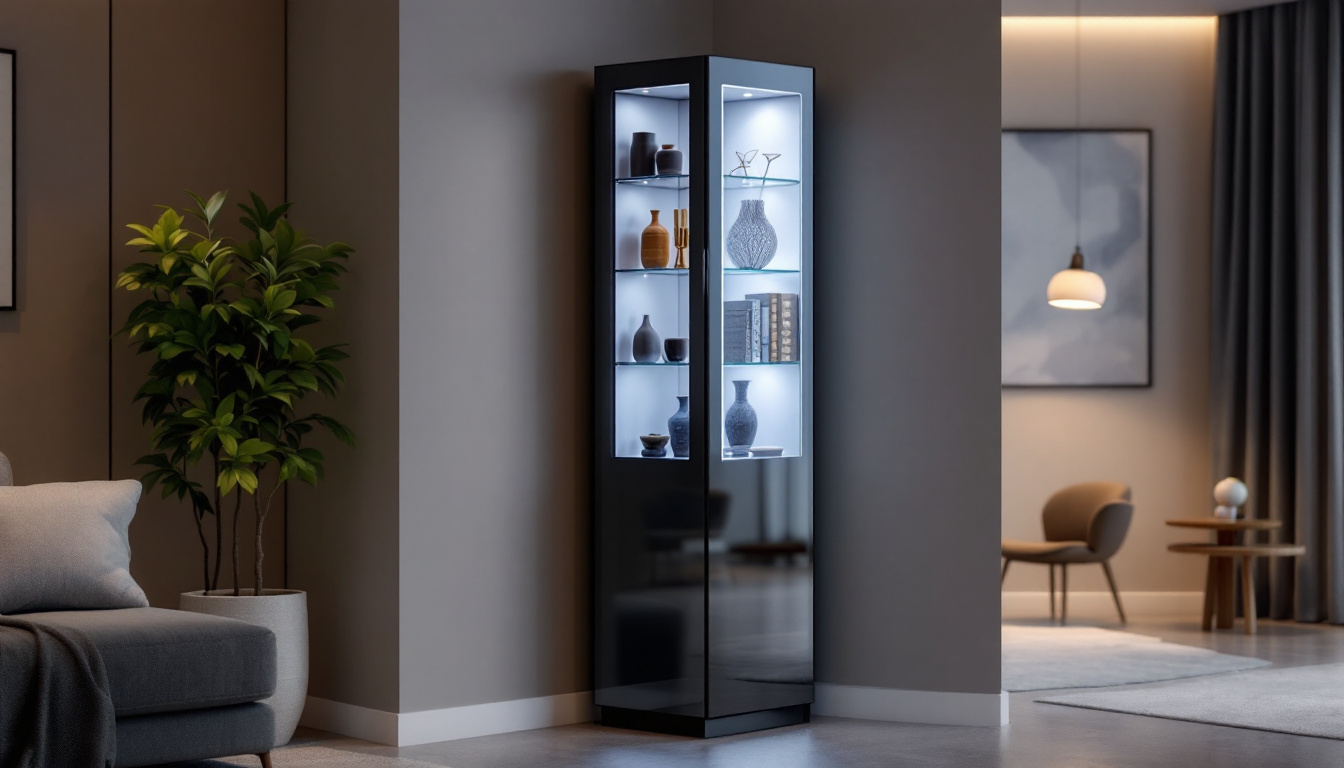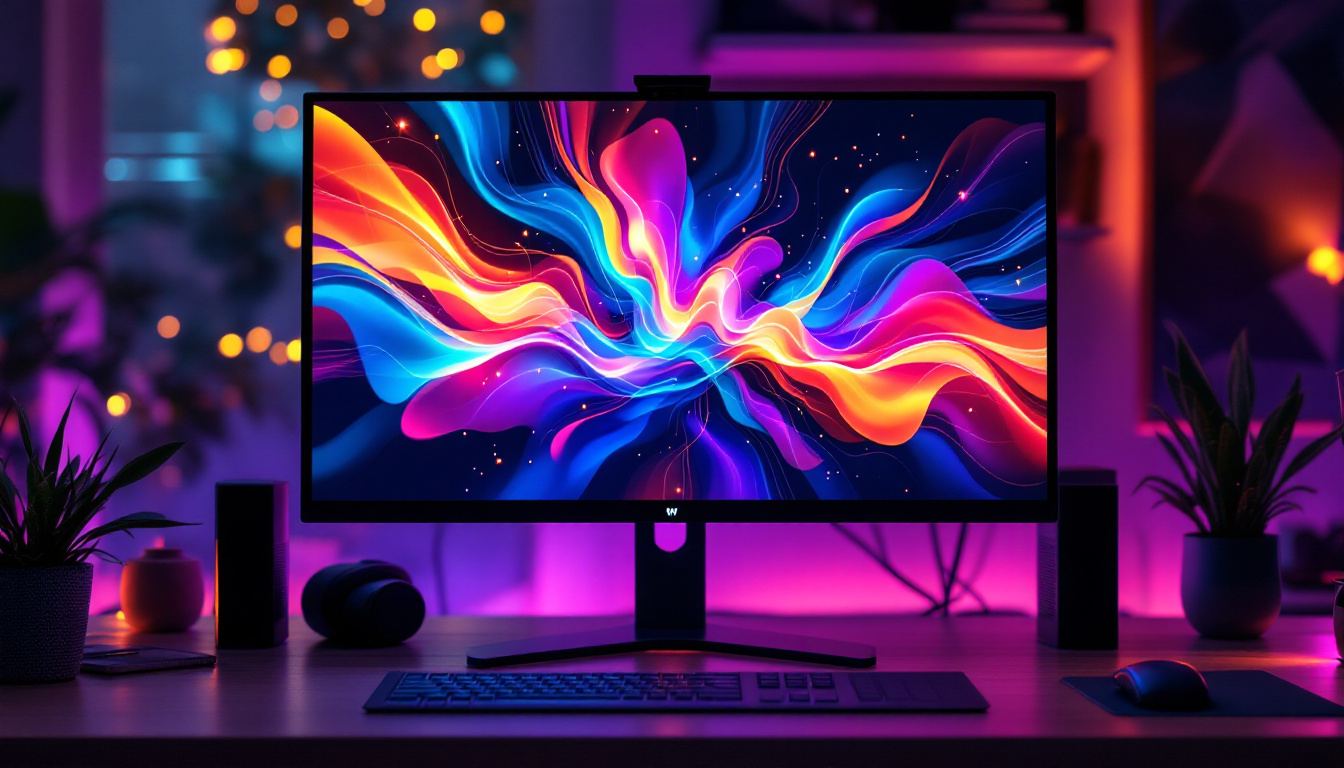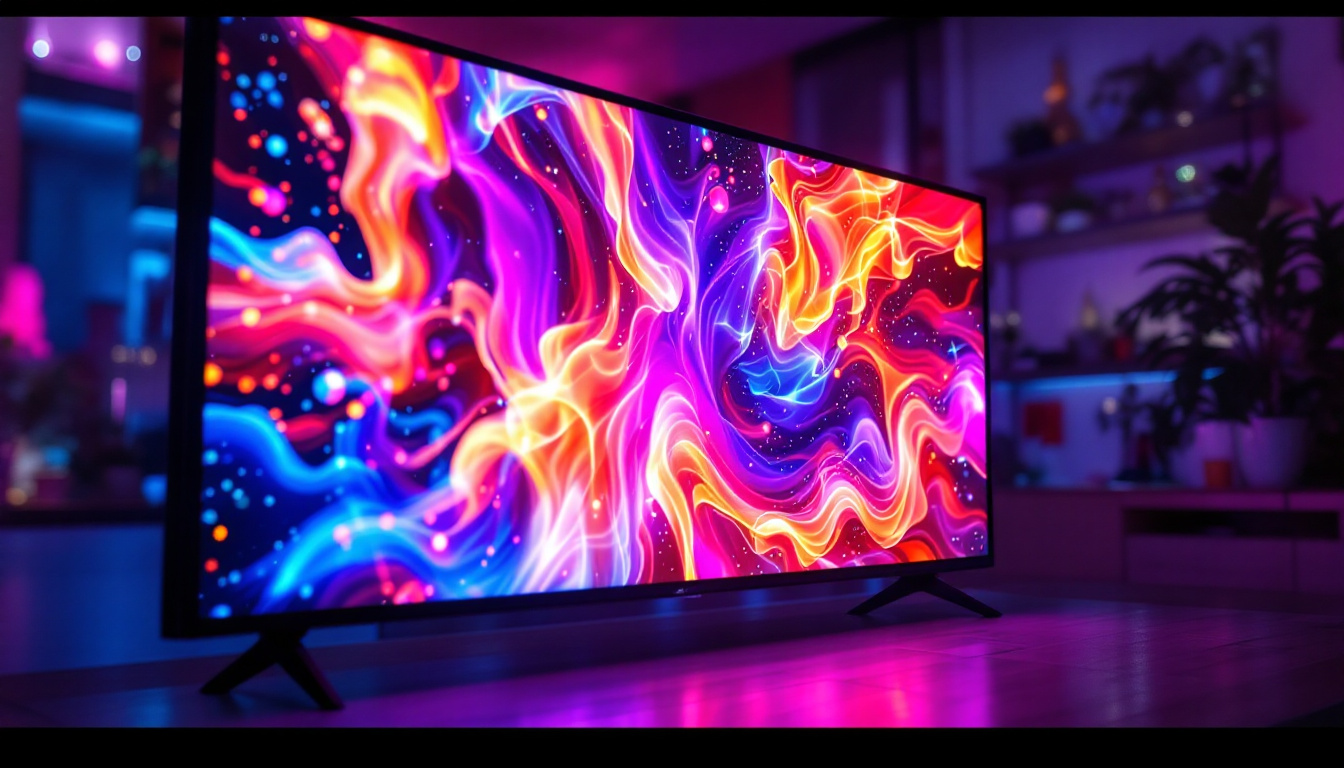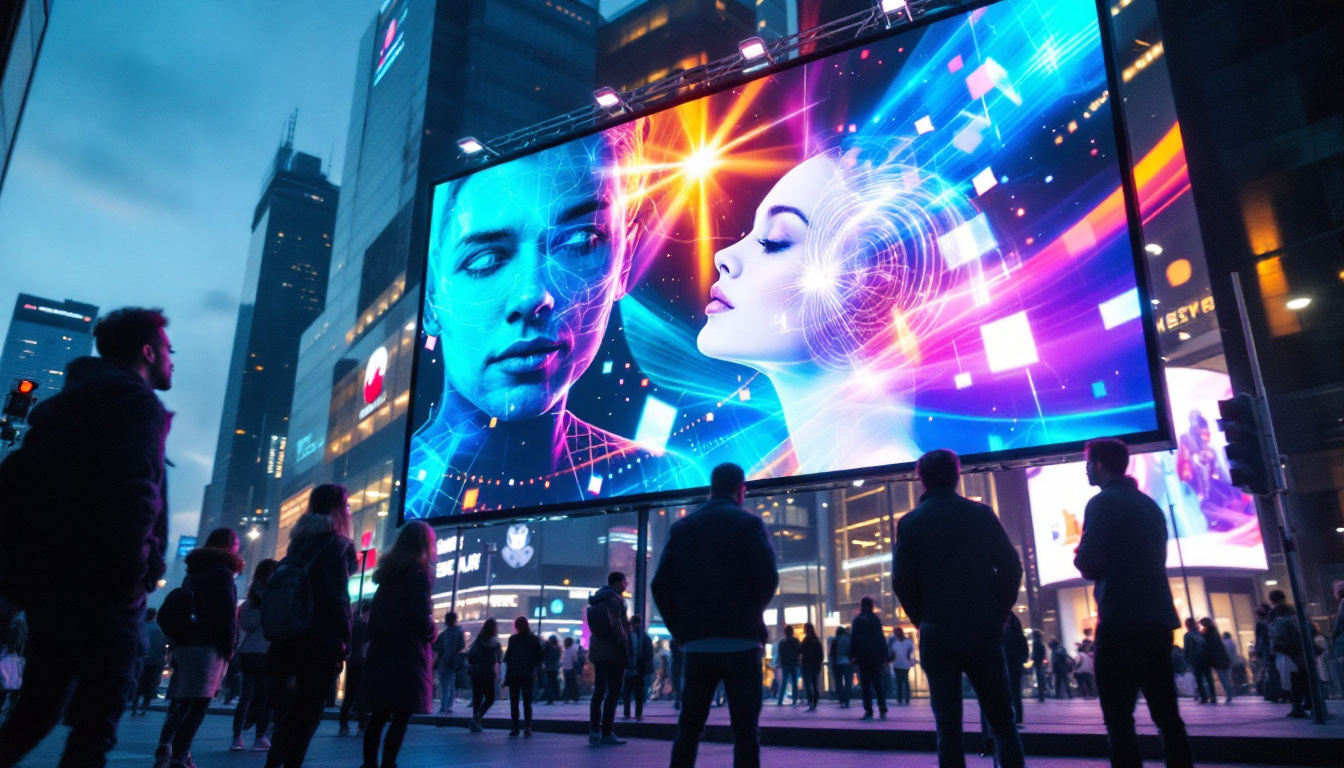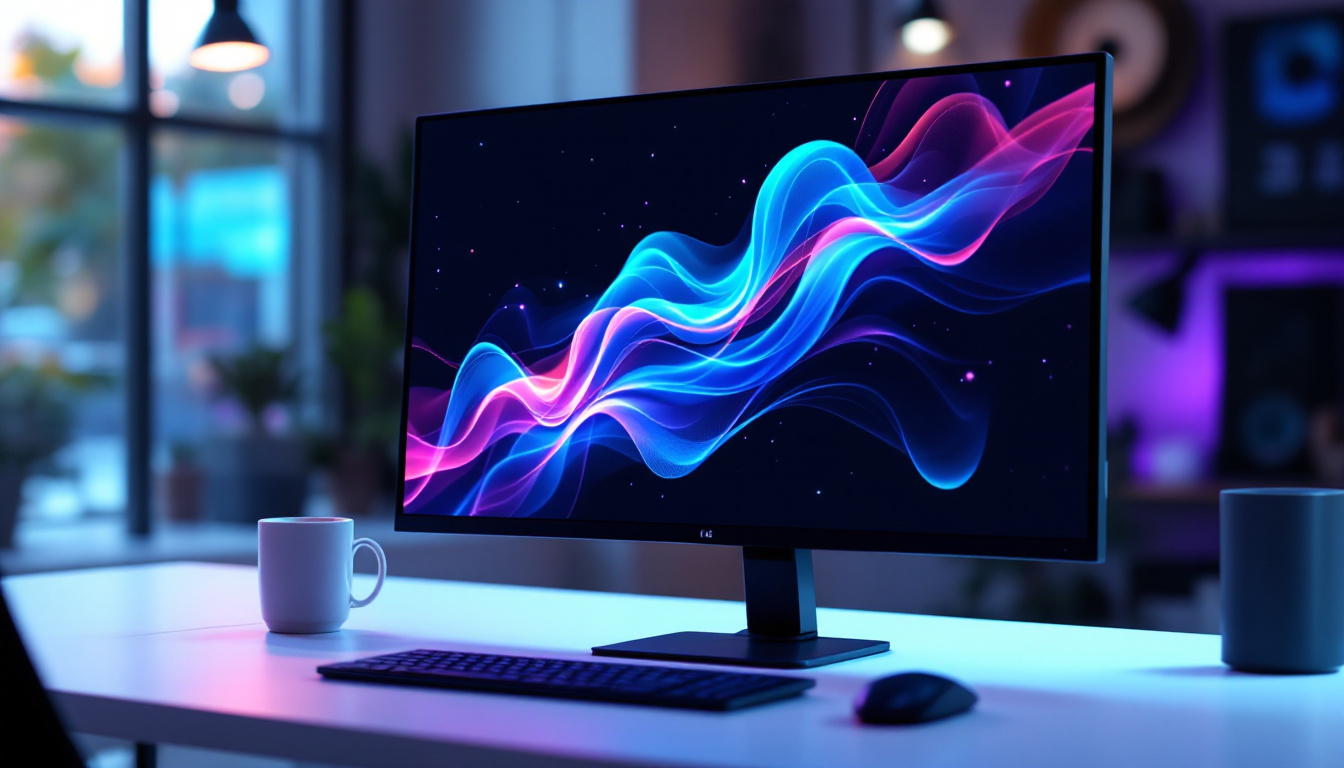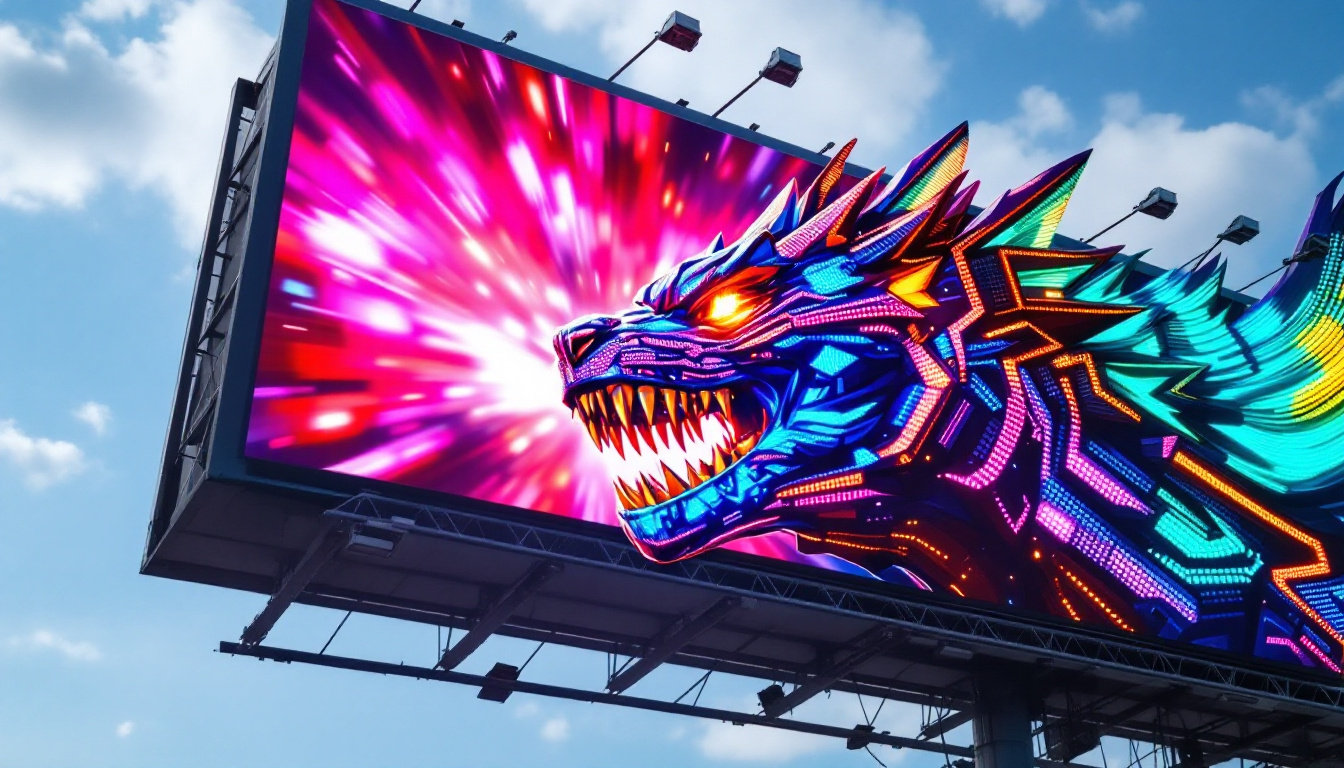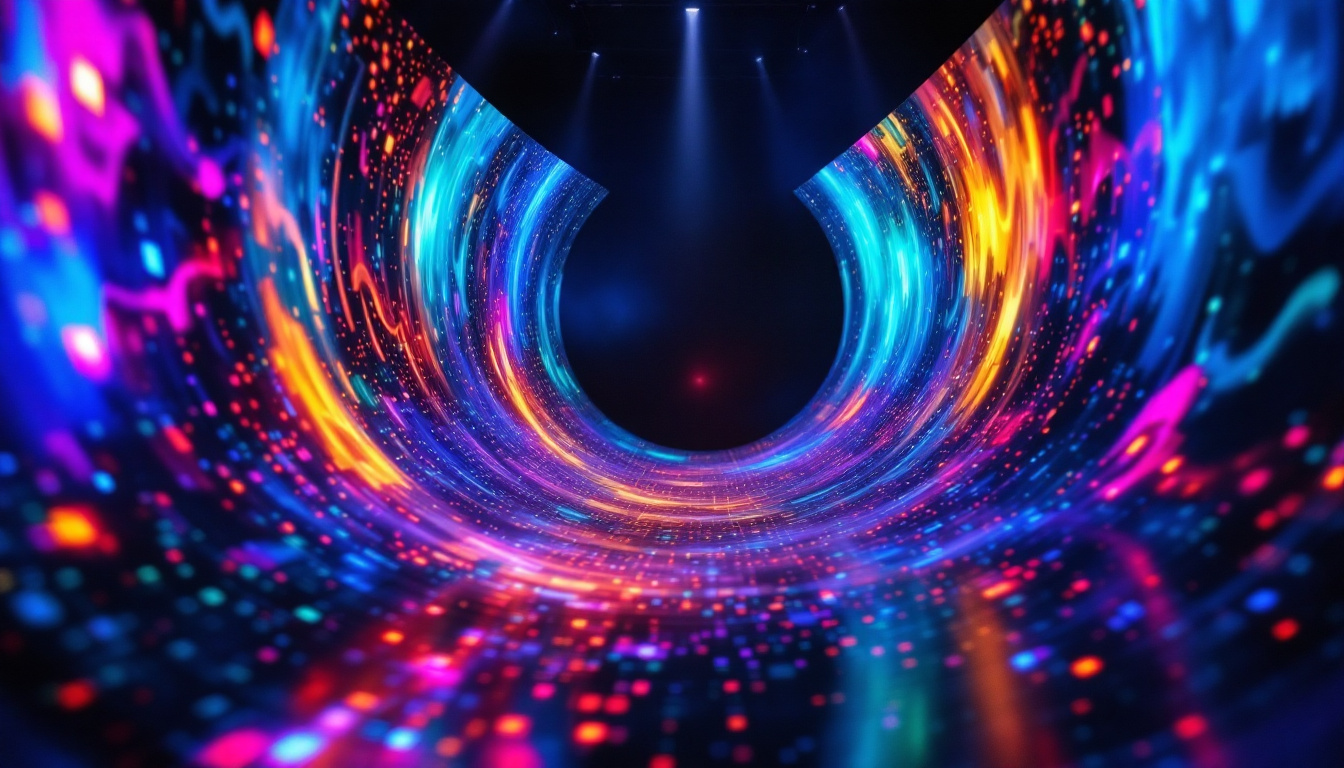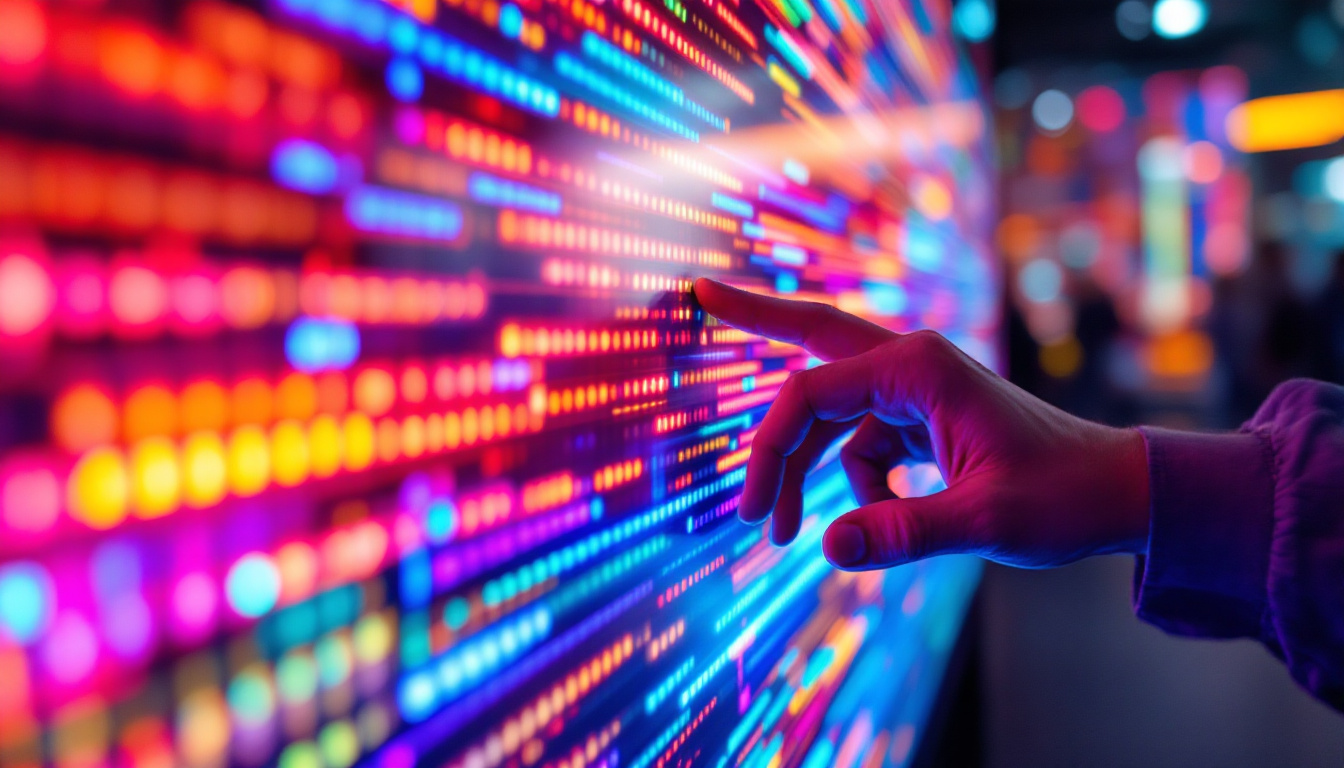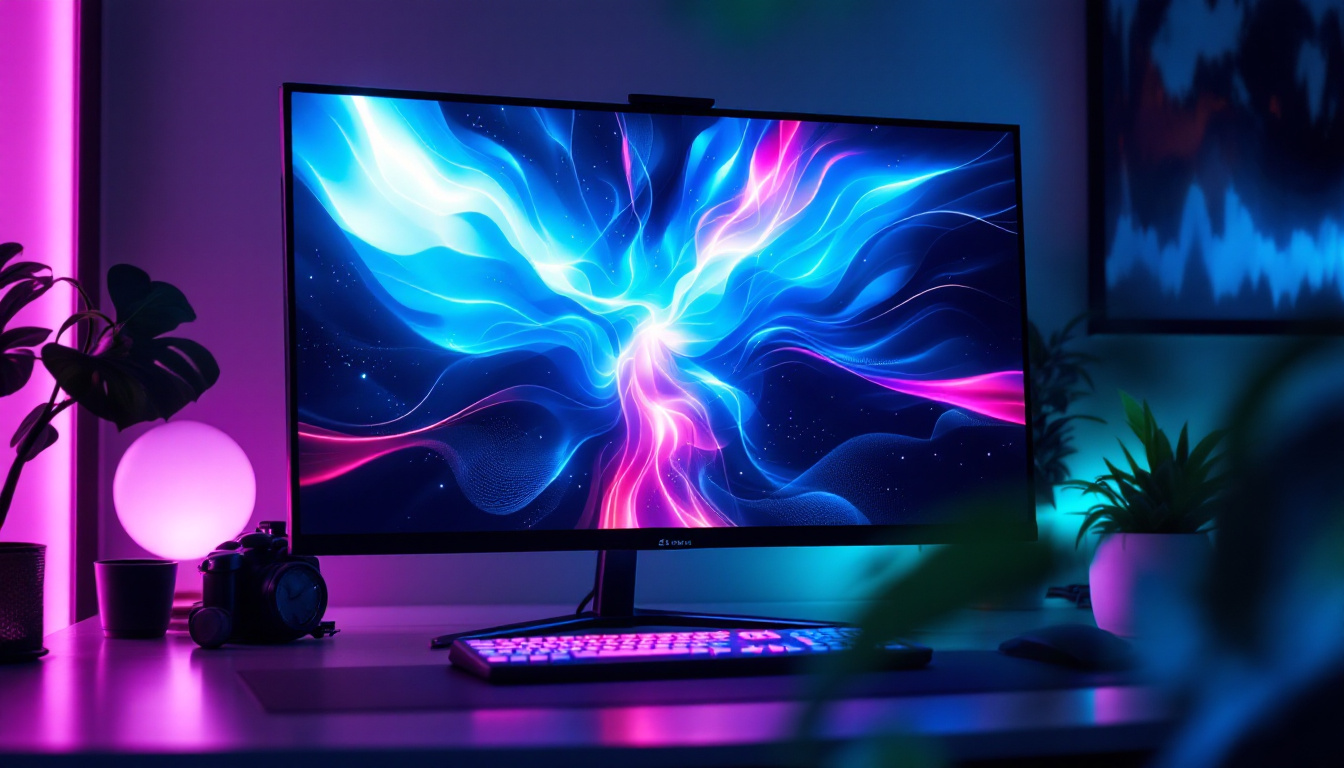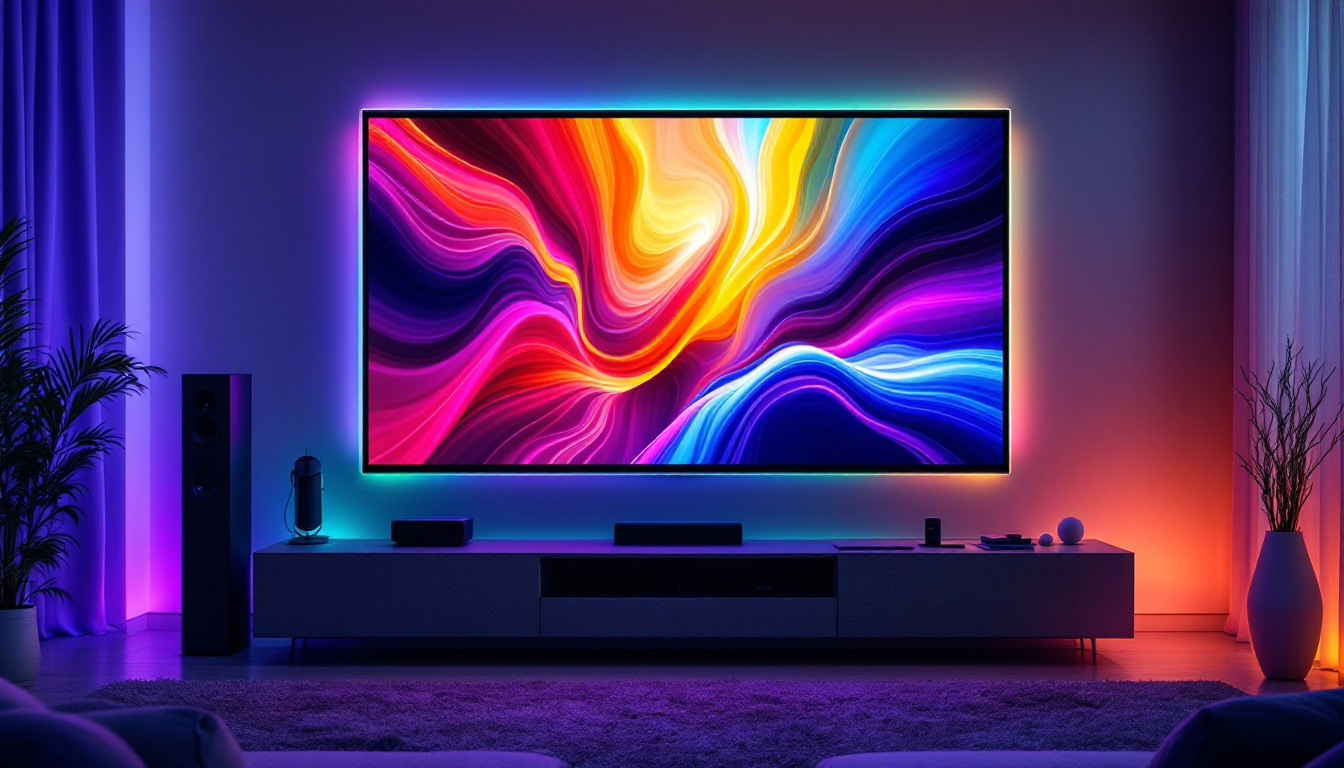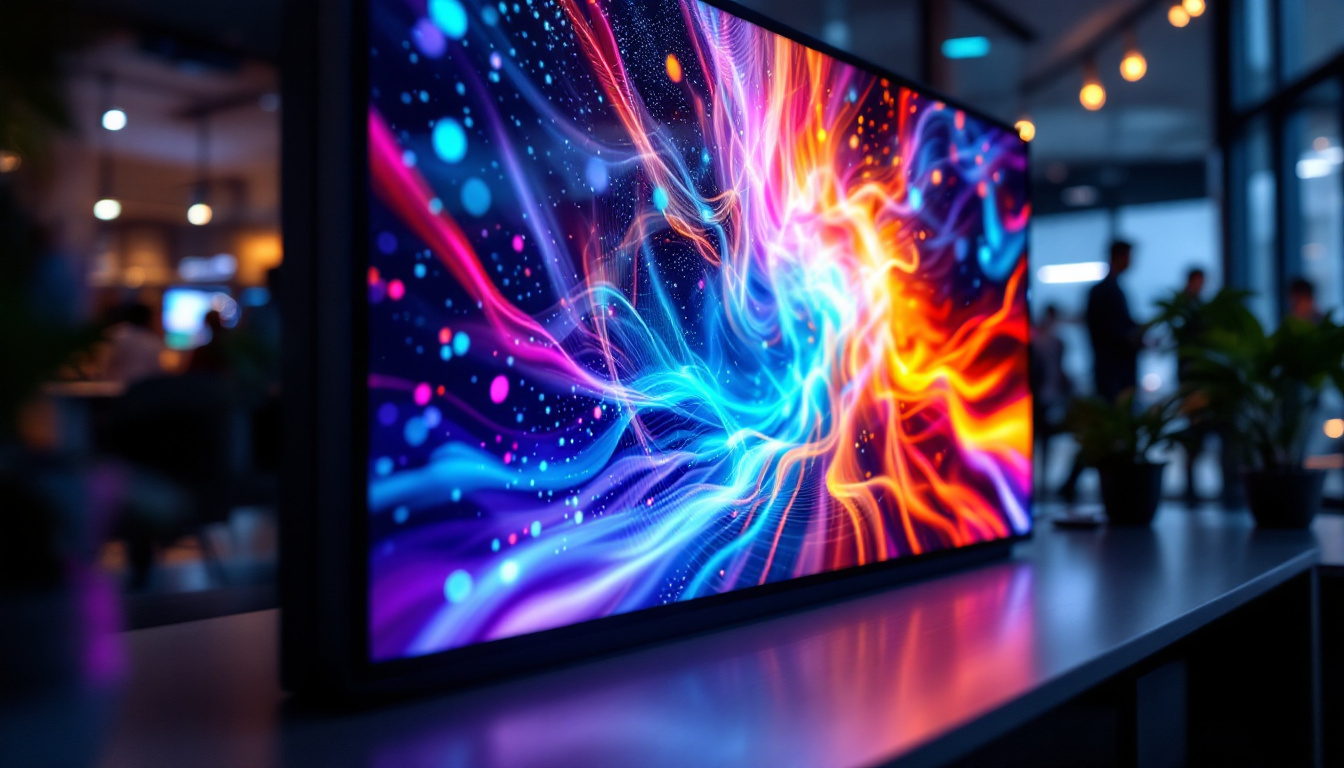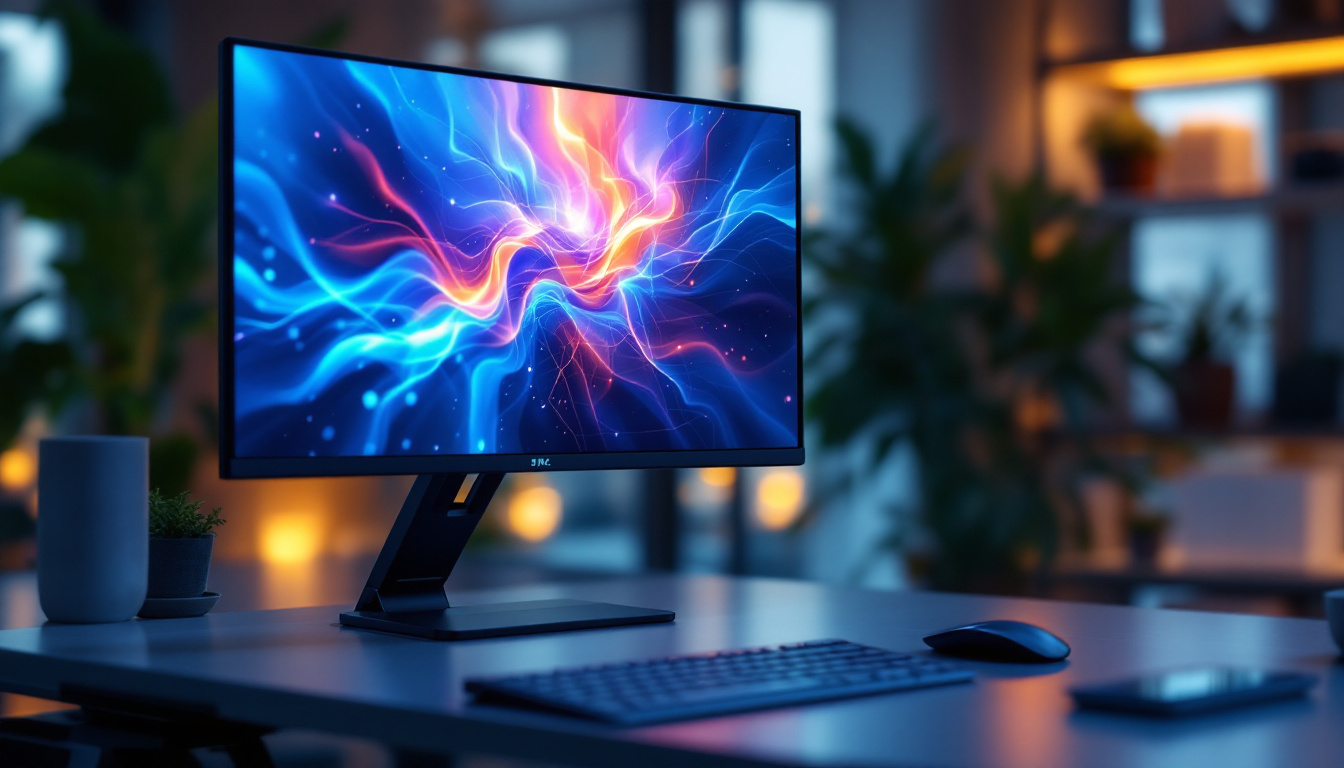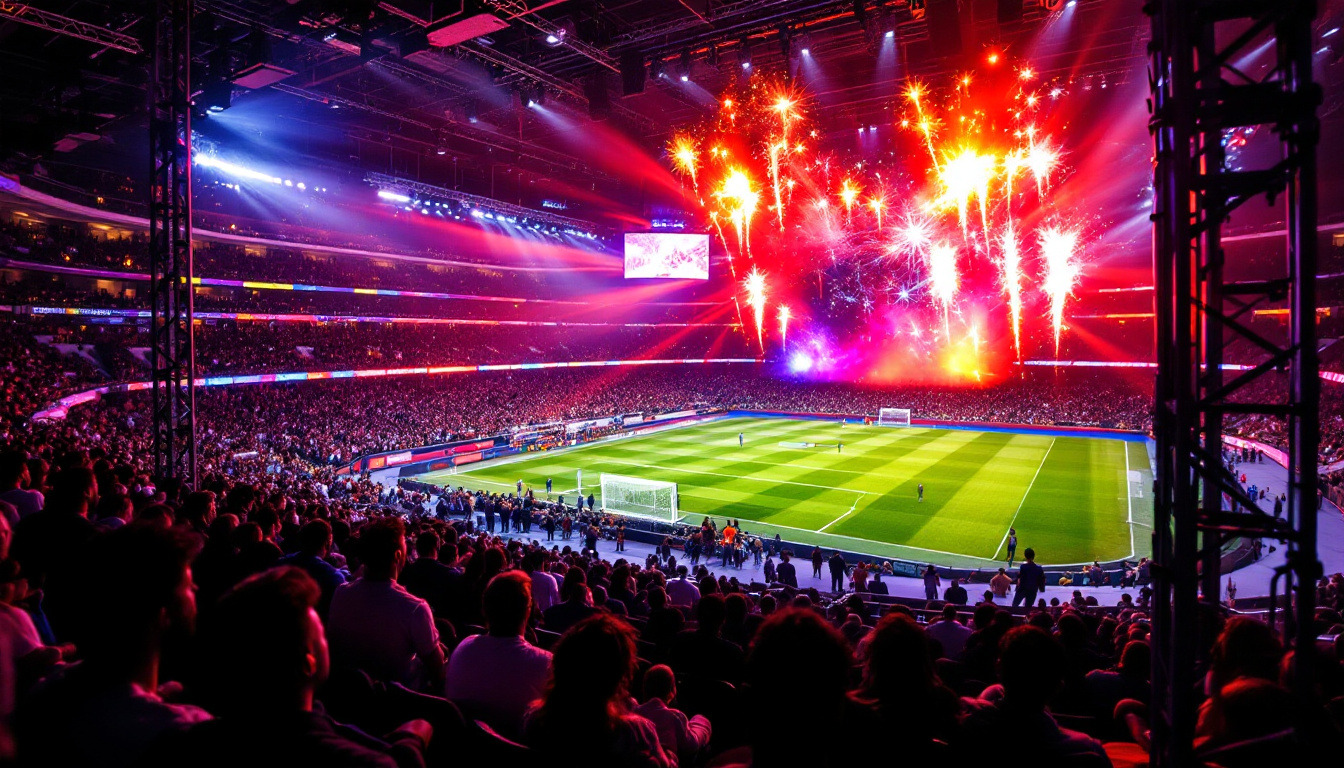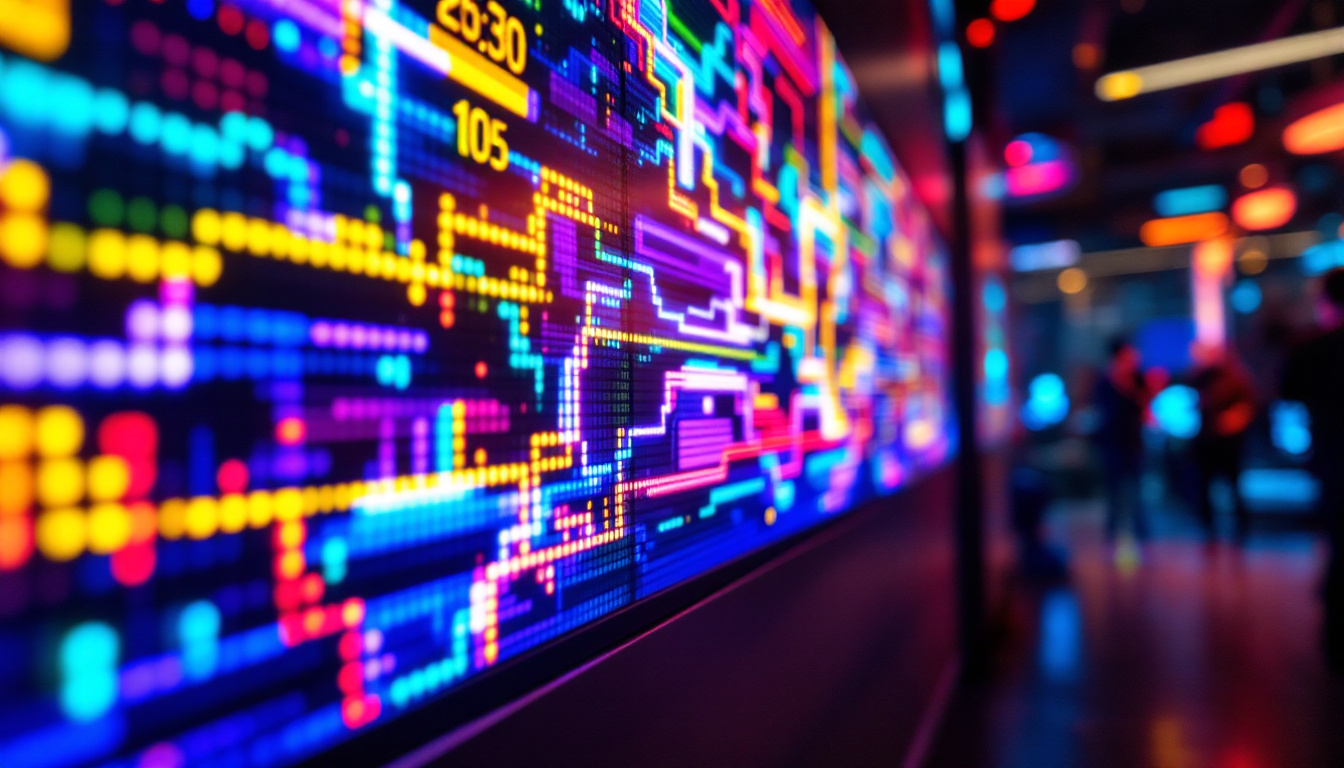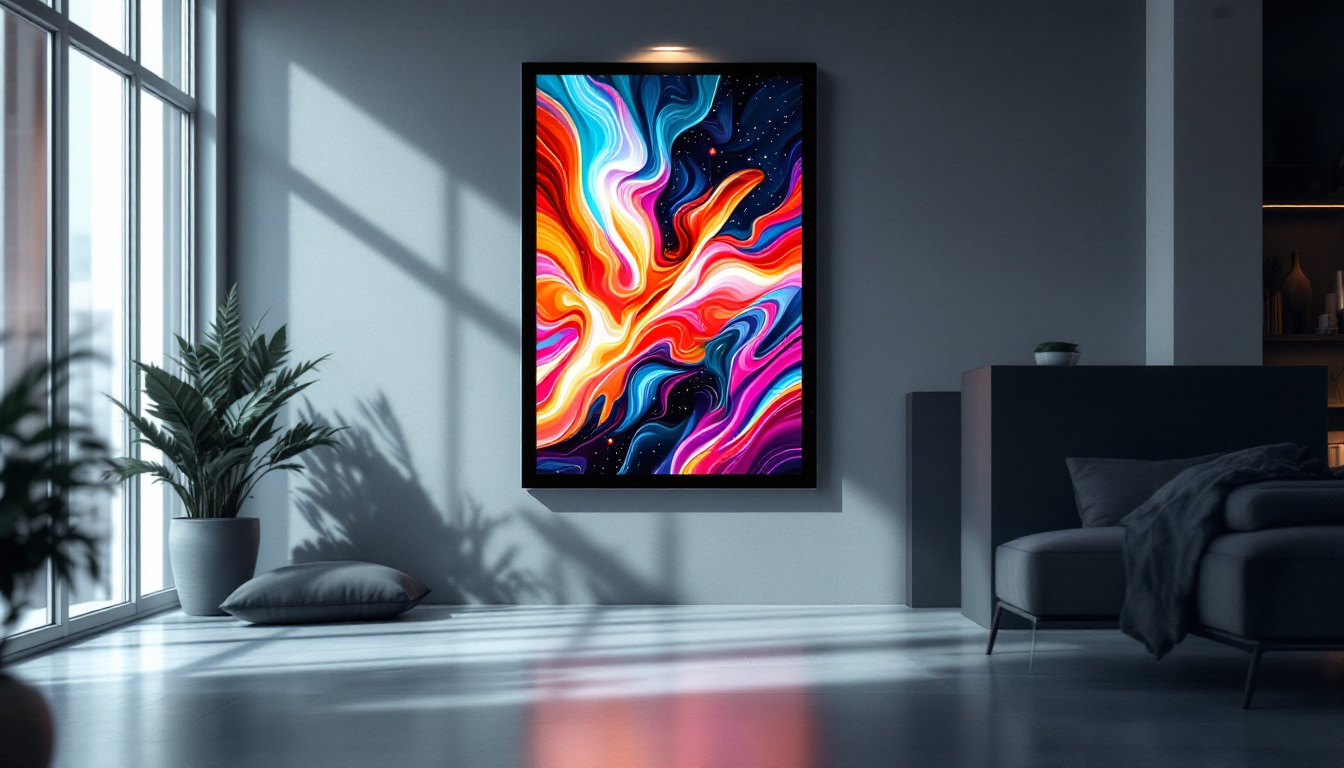The world of theater has always been a canvas for creativity, where every element contributes to the storytelling experience. Among these elements, set design plays a crucial role in establishing the mood, setting the scene, and immersing the audience in the narrative. In recent years, LED displays have emerged as a revolutionary tool in set design, offering dynamic possibilities that traditional methods cannot match. This article delves into the intricacies of LED displays in theater set design, exploring their benefits, applications, and future potential.
The Evolution of Set Design
Set design has evolved significantly from its early days, where simple backdrops and props were the norm. The introduction of innovative technologies has transformed how designers approach the creation of theatrical environments. From painted flats to intricate mechanical sets, the journey has been marked by a quest for realism and engagement.
Historical Context
In the early 20th century, set design was primarily focused on physical elements that could be constructed and manipulated on stage. The advent of electric lighting allowed for more dramatic effects, but the limitations of static scenery remained. As theater progressed, designers began to experiment with projections and other visual mediums, paving the way for the integration of LED technology. The rise of modernism in the mid-20th century further influenced set design, as designers sought to break away from traditional forms and embrace abstract concepts. This era saw the emergence of minimalist sets that emphasized the actors and the narrative, rather than ornate backdrops.
Technological Advancements
With the rapid advancement of technology, particularly in the realm of digital displays, set design has taken on a new dimension. LED displays have become increasingly popular due to their versatility, brightness, and ability to create stunning visual effects. This shift has not only changed the aesthetics of theater but also how stories are told on stage. Designers now have the opportunity to create immersive environments that can transform in real-time, allowing for seamless transitions between scenes. Additionally, the use of augmented reality (AR) is beginning to make its mark, enabling audiences to experience layers of storytelling that were previously unimaginable. This technological integration has opened up new avenues for creative expression, challenging designers to think beyond the physical constraints of the stage.
Understanding LED Displays
LED (Light Emitting Diode) displays are made up of numerous small diodes that emit light when an electric current passes through them. These displays can create vibrant colors and high-resolution images, making them ideal for theatrical applications. Understanding the fundamentals of LED technology is essential for set designers looking to incorporate this medium into their work. The versatility of LED displays allows for innovative storytelling techniques, enabling designers to transform traditional stage settings into dynamic visual experiences that captivate audiences.
Types of LED Displays
There are several types of LED displays, each with unique characteristics suited for different applications. The most common types used in theater include:
- Direct View LED: These displays consist of individual LED modules that are assembled to create a larger screen. They are known for their brightness and ability to be viewed from various angles, making them perfect for large-scale productions where visibility is crucial.
- LED Video Walls: Composed of multiple panels, LED video walls can display high-resolution video content and are often used for backdrops or immersive environments. Their modular design allows for seamless integration into the stage, creating a cohesive visual narrative that enhances the overall performance.
- Flexible LED Screens: These screens can bend and curve, allowing for creative shapes and designs that traditional screens cannot achieve. This flexibility opens up new possibilities for stage design, enabling designers to create unique and engaging visual elements that can adapt to various scenes and moods.
Key Features of LED Displays
LED displays offer several features that enhance their utility in theater set design:
- High Brightness: LED displays are exceptionally bright, making them visible even in well-lit environments. This feature is particularly advantageous during daytime performances or in venues with significant ambient light, ensuring that the visuals remain striking and impactful.
- Color Accuracy: With the ability to produce a wide range of colors, LED displays can replicate the desired mood and atmosphere of a scene. This precision allows directors and lighting designers to manipulate the emotional tone of a performance, using color as a powerful storytelling device.
- Low Power Consumption: Compared to traditional lighting methods, LED technology is more energy-efficient, reducing operational costs. This efficiency not only benefits the production budget but also aligns with sustainable practices, as theaters increasingly seek to minimize their environmental footprint.
Moreover, LED displays are equipped with advanced technology that allows for real-time content updates, enabling live performances to incorporate spontaneous visual elements. This capability is particularly useful for interactive theater experiences, where audience engagement can be heightened through dynamic visuals that respond to the unfolding narrative. Additionally, the lightweight nature of LED panels simplifies installation and setup, allowing for quick changes between scenes or performances, which is essential in the fast-paced world of theater.
As the technology continues to evolve, new innovations in LED display systems are emerging, such as improved pixel density and enhanced refresh rates, which further elevate the quality of visuals. These advancements not only enhance the viewing experience but also expand the creative possibilities for set designers, allowing them to push the boundaries of traditional stagecraft. With the integration of LED displays, the future of theater design is becoming increasingly vibrant and interactive, promising exciting developments for both creators and audiences alike.
Benefits of Using LED Displays in Theater Set Design
The integration of LED displays in theater set design offers numerous advantages that can enhance both the production quality and audience experience. These benefits have led many designers to embrace this technology as a staple in modern theater.
Dynamic Visuals
One of the most significant advantages of LED displays is their ability to create dynamic visuals. Unlike static backdrops, LED screens can change in real-time, allowing for seamless transitions between scenes. This capability enables designers to craft immersive environments that can adapt to the narrative, enhancing emotional engagement.
Space Efficiency
LED displays can significantly reduce the need for physical set pieces, freeing up valuable stage space. This is particularly beneficial in smaller venues where every inch counts. By utilizing LED technology, designers can create expansive visual landscapes without the logistical challenges of constructing large physical sets.
Cost-Effectiveness
While the initial investment in LED technology may be higher than traditional set design methods, the long-term savings can be substantial. The durability and low maintenance of LED displays reduce replacement costs, while their energy efficiency lowers operational expenses over time. Additionally, the versatility of LED displays allows for multiple productions to utilize the same equipment, maximizing return on investment.
Applications of LED Displays in Theater
LED displays can be employed in various ways within theatrical productions, each contributing to the overall storytelling experience. Their versatility allows for creative applications that can transform a performance.
Backdrops and Scenic Elements
One of the most common uses of LED displays in theater is as backdrops. These screens can project stunning visuals that enhance the setting, from vibrant landscapes to abstract designs. By using video content, designers can create a sense of depth and movement that static backdrops cannot achieve.
Interactive Elements
With advancements in technology, LED displays can also be used for interactive elements within a performance. This can include audience participation or real-time changes based on the actors’ movements. Such interactivity adds a layer of engagement, making the experience more immersive and memorable.
Lighting Effects
LED displays can also serve as a source of lighting, complementing traditional stage lighting. By adjusting the brightness and color of the display, designers can create various moods and atmospheres that align with the narrative. This dual function enhances the visual storytelling without the need for additional equipment.
Challenges and Considerations
While the benefits of LED displays are significant, there are also challenges and considerations that set designers must address. Understanding these factors can help ensure successful integration into theatrical productions.
Technical Expertise
Incorporating LED displays into set design requires a certain level of technical expertise. Designers must be familiar with the technology, including programming and operating the displays. This may necessitate collaboration with specialized technicians or additional training for the design team.
Budget Constraints
Although LED technology can be cost-effective in the long run, the initial investment can be a barrier for some productions. Budget constraints may limit the ability to fully utilize the technology, leading to compromises in design. It is essential for designers to weigh the benefits against the costs and find a balance that works for their specific production.
Maintenance and Reliability
LED displays, while generally durable, require regular maintenance to ensure optimal performance. This includes checking connections, cleaning screens, and updating software. Reliability is crucial in live performances, and any technical issues can disrupt the flow of the show. Designers must plan for contingencies and ensure that backup systems are in place.
The Future of LED Displays in Theater
As technology continues to advance, the future of LED displays in theater set design looks promising. Innovations are on the horizon that could further enhance the capabilities and applications of this medium.
Emerging Technologies
New developments in LED technology, such as microLED and organic LED (OLED), are paving the way for even more advanced displays. These technologies promise higher resolutions, improved color accuracy, and greater flexibility in design. As these innovations become more accessible, set designers will have even more tools at their disposal to create captivating theatrical experiences.
Integration with Augmented Reality
The integration of LED displays with augmented reality (AR) technology could revolutionize the way stories are told on stage. By combining physical and digital elements, designers can create hybrid environments that blur the lines between reality and fiction. This could lead to entirely new forms of storytelling that engage audiences in unprecedented ways.
Sustainability Considerations
As the theater industry becomes increasingly aware of its environmental impact, the sustainability of LED displays will be a critical consideration. Future developments may focus on creating more energy-efficient displays and utilizing sustainable materials in their production. This shift will not only benefit the environment but also align with the values of modern audiences.
Conclusion
LED displays have transformed the landscape of theater set design, offering unprecedented opportunities for creativity and engagement. Their dynamic visuals, space efficiency, and cost-effectiveness make them an attractive option for modern productions. However, designers must navigate the challenges associated with this technology to fully realize its potential.
As the industry continues to evolve, the future of LED displays in theater holds exciting possibilities. With emerging technologies and innovative applications, set designers are poised to push the boundaries of storytelling, creating immersive experiences that captivate audiences and redefine the theatrical experience.
In a world where visual storytelling is paramount, the integration of LED displays into set design represents a significant leap forward, ensuring that theater remains a vibrant and relevant art form for generations to come.
Illuminate Your Stage with LumenMatrix
Ready to elevate your theater’s set design with the cutting-edge technology of LED displays? LumenMatrix is at the forefront of LED innovation, offering a wide array of solutions tailored to your creative needs. From Indoor and Outdoor LED Wall Displays to specialized options like Vehicle, Sports, and Floor LED Displays, our products are designed to bring your vision to life with vibrancy and precision. Embrace the future of visual storytelling with our Custom, All-in-One, and Transparent LED Displays. Check out LumenMatrix LED Display Solutions today and transform your theatrical productions into unforgettable experiences.

